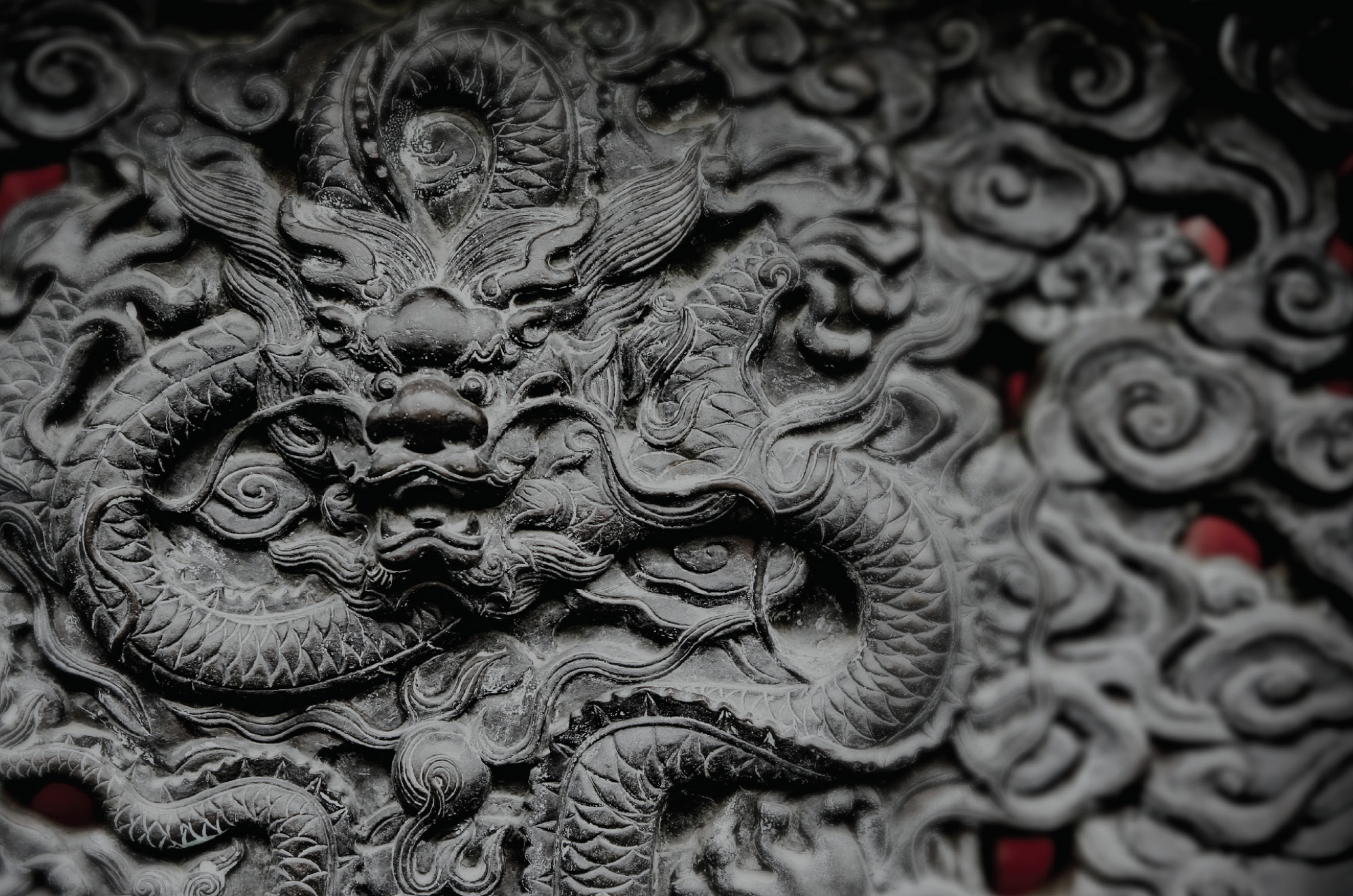CHINA’S SECRET OF RADIANT GOOD HEALTH FOR EVERYONE
An ancient fitness tradition benefits from having centuries for its masters to create, test, apply and perfect its methods. The discipline of Internal Power Method draws upon the principal elements of strength and power training from China’s internal martial arts tradition (neijiaquan). Neigong (pronounced “NAY-goong”) is “inner work” or “inner practice”. Qigong (pronounced “CHEE-goong”) is “energy skill” or “energy practice” and is centered on control of the breath, especially in coordinating the breath with movement. Jibengong (pronounced “JEE-ben-goong”) refers to the basic practice of each specific martial art. Each term describes skill cultivated through steady practice and each has ancient roots. The three principle branches of internal martial arts are Xingyiquan (the “Form-Mind Fist”), Baguazhang (the “Eight Trigram Palm”) and, most well-known in the West, Taijiquan (the “Grand Ultimate Fist”). Several lesser-known, but equally powerful martial arts could be added to the neijia designation, especially Tongbeiquan (the “Through-the-back Fist”). Each of these extraordinarily effective martial arts has several variations and schools and each has its own Internal Power practices. Internal Power Method draws all of its exercises from these arts.
Internal Power Method cultivates jing, or “inner power” within the practitioner. Extraordinary good health, physical strength, relaxation and vastly enhanced awareness of both the physical and subtle bodies follow jing. The dedicated practice of the graceful I.P.M. exercises – coordinated with the breath – removes blockages in the subtle energy meridians and improves muscle tone, coordination, flexibility, rhythm, balance, range-of-motion and alignment. Internal Power Method opens every one of the body’s joints, massages the internal organs and shields the practitioner from serious injury – all without causing any. Chronic stress is replaced by continuous serenity. An effortless posture develops, one that is upright, balanced and centered, with limbs that move freely and easily in all directions.
Internal Power Method techniques are deceptively simple, yet they conceal enormous inner energy. By positioning the body around three axes, one is able to attain a completely aligned, centered, rooted and structurally sound posture, resulting in a unified, integrated, meditative state (ru jian – “inner listening”). In short, the goals and effects of the I.P.M. student’s practice correlate almost exactly with the yogi’s. It is a perfect complement to hatha yoga or to any other fitness or health regimen one may choose. And, as with genuine hatha yoga, IPM exercises can be geared to a practitioner’s specific health concerns. Internal Power Method is a means of healing, as well as a pathway of prevention and protection.
There are two principal ways in which Internal Power Method exercises are performed – standing and moving. In the early stages of I.P.M. training, the focus is on individual standing techniques. This includes stance training, which develops whole-body connectivity, followed by weight transference exercises, which train the body to move smoothly, gracefully and effortlessly. In later practice, the moving exercises deepen the power of the standing techniques. The practitioner moves across the surface in all directions, as in martial arts forms. This is not to say that standing Internal Power Method is less sophisticated than moving (a wholly Western dichotomy). In fact, choosing to practice only one technique – standing or moving – confers enormous benefits that last a lifetime. As one’s skill deepens, exercises of increasing power will be offered.
In the past, these neigong, qigong and jibengong exercises/techniques were confined within China; specifically to the closed society of neijia masters. Decades ago, with Chinese teachers moving to Taiwan and to the West and, later, with more Western martial artists seeking long-term instruction in China, some heretofore unknown techniques came to light, but only to students of internal martial arts. Regrettably, some of these methods were watered down or improperly conveyed by teachers who didn’t understand them fully. Even worse, inauthentic pseudo-techniques were concocted to be foisted upon susceptible students. Such fraudulent concepts lack any power and serve only to impede the progress of people genuinely seeking health and well-being. Internal Power Method presents only techniques created in China by noted neijia masters from the most recognized internal martial arts over a very long time period.
The Internal Power Method is perfectly suited for someone who does not intend to study martial arts, but who wishes to acquire the many healthful and powerful benefits of neijia practice. For the martial artist of any level, however, Internal Power Method will initiate vast improvements that hasten one’s progress.
The Internal Power Method explores neigong, qigong and jibengong exercises from all of the major Chinese internal martial arts. The core techniques will enable students to immediately draw power from the earth, internalize it, move it and employ it to unify the motions of the body around a perfectly-centered inner column. Students work at their own levels of ability and enjoy consistent improvement that can be had with as little as twenty minutes a day of personal practice. Every joint and muscle group will be enhanced, resulting in a balanced full-body practice. There will be no undue stress on joints, or strain to connective tissue. I.P.M. requires no arcane props, digital gadgets, or trendy, expensive workout clothes. These time-tested exercises come from China, yet, you needn’t go there to learn the real thing. No prior skill or fitness level is required and anyone who can stand up for a few minutes at a time is welcome to the class and to the workshops. Again, this is definitely not a martial arts class. With practice, the student’s internal processes will harmonize with and coordinate the external movement, unifying the person as a whole into the most powerful state possible. The well of the Internal Power Method techniques is ancient, bottomless and infinite.







